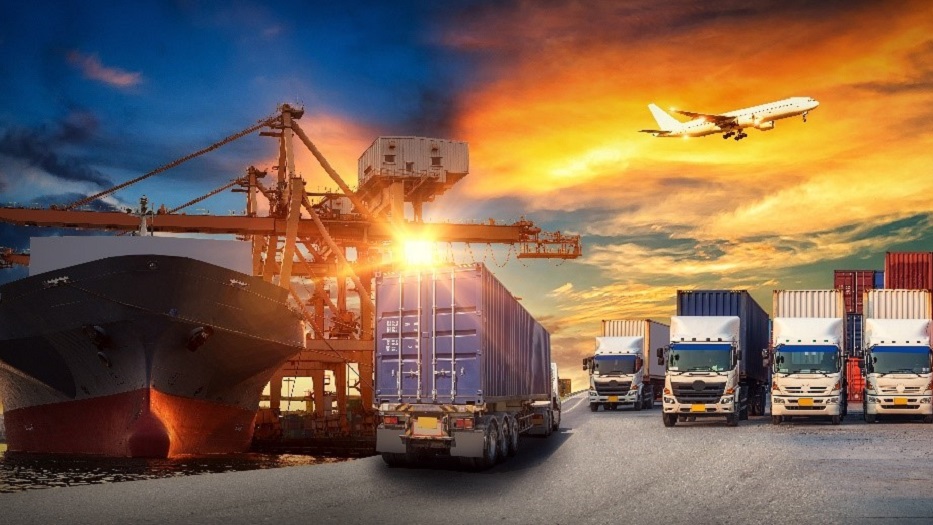As consumer demand for products increases, so does the need for an efficient and economical means to deliver them locally or internationally. At the outset, you can learn more about MX Solutions, a firm dedicated to connecting you with experienced and dependable intermodal carriers, by exploring their website.
Intermodal transport is a service that combines different means of transportation to move goods from one point to another. This transportation type helps improve supply chain efficiency by reducing costs, promoting flexibility, optimizing time frames, and eliminating the need for multiple intermediate stops. Let’s discuss this transportation option a bit further.
The Nuances of Intermodal Transport
The word intermodal comprises two components: inter and modal. The former refers to multiple means of transportation, while the latter is derived from the Latin word ‘modus,’ meaning ‘way.’ With that in mind, intermodal transport involves the integration of various transportation modes to move goods or passengers. That said, the term generally applies to rail, road, air, and sea transport combinations.
Usually, intermodal transport involves the transportation of goods in standardized steel containers. For instance, an intermodal service provider can use trucks and trains to deliver the same container to a particular destination. This makes the process easier and reduces the time spent reloading goods from one mode to another.
This option also relies heavily on trucks as the link between the various modes of transportation. Case in point, trucks take goods to and from rail terminals, seaports, and airports. They’re also the first and last stages of transit for goods that begin or end their journey on the road.
Trains provide a secure and cost-effective means of transporting goods over long distances. This is useful for bulk shipments and heavy cargo due to their ability to carry large quantities of goods at once.
At the same time, sea and air play an important role in delivering goods from one part of the world to another. For instance, air transport is ideal for time-sensitive goods, while cargo ships help move large cargo volumes across continents or oceans.
Simply put, integrating these transportation networks streamlines the shipping process while allowing for scalability. Intermodal transportation also helps you meet rising customer demands without compromising your bottom line.
Factors Defining Intermodal Transport
Usually, a container’s trip from the shipper to the consignee is considered a whole – although it involves several legs. That said, the intermodal transport system revolves around the following conditions:
- Modal continuity – The sequence of modes used should ensure a smooth transition from one leg to another. This unbroken chain relies on dominant modes such as rail, trucking, and ship operations. Even so, air transport only requires trucking to move goods to and from the airport. As such, it’s not generally combined with other modes. Plus, the units of measurement used in air transportation are not readily convertible to those used by other modes.
- Uniformity – The containers should have a standardized design and size, regardless of their travel mode. This allows them to move seamlessly between modes without adjustments.
- Intermediate cargo value – Intermodal shipments are not ideal for high-value shipments, as these are a preserve of air transport. Also, low-value shipments are better suited for rail or maritime transport as they’re usually moved from point-to-point. For instance, raw materials or parts used in manufacturing typically move from source to production plant using rail or sea.
- Distance – Intermodal transportation may not make sense if you plan to move a shipment over a short distance. This option works best for cargo required to travel over long distances – typically more than 500 miles or 804.67 kilometers. However, you may opt for intermodal if it’s the most cost-effective option available.
- Transport equipment – Intermodal transport requires containers, trailers, or swap bodies compatible with various forms of transportation. As such, it helps ensure smooth transitions between the modes without delays or additional costs for reloading goods from one mode to another.
- Load unit – Intermediate and finished goods are best transported using loads weighing less than 25 tons (the sweet spot for intermodal transport). This way, a container can move from one mode to the next without affecting its load capacity. Often, the mode with the lowest capacity determines the intermodal load unit – implying the load unit may constrain this transport option.
- Scheduling – All legs of the journey should have fixed departure and arrival times to ensure minimal delays. As such, shippers and carriers can plan and allocate appropriate resources. However, delays in one leg may have a ripple effect on the rest of the journey.
Intermodal transportation serves the interests of firms intending to move goods over long distances without the hassles of dealing with multiple carriers. It’s also worth considering if you require a flexible transport option to meet customer demands without incurring additional costs.













